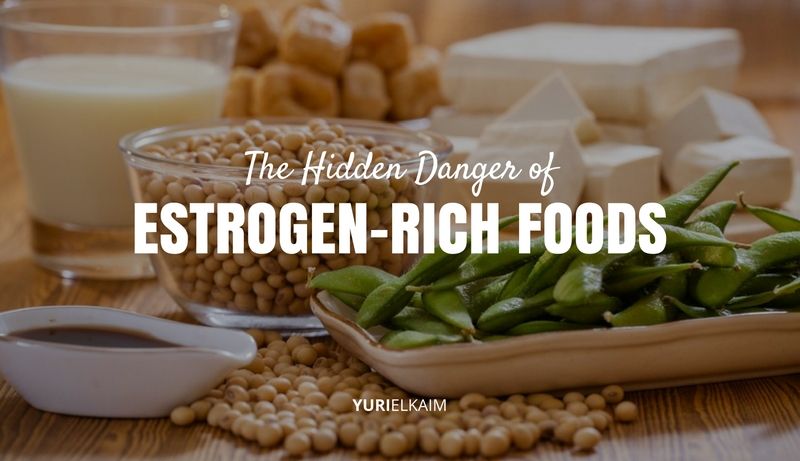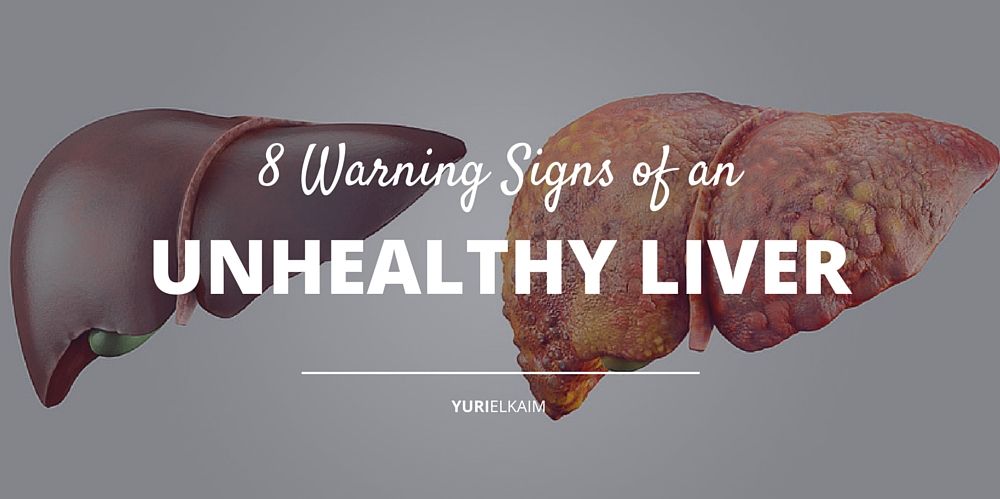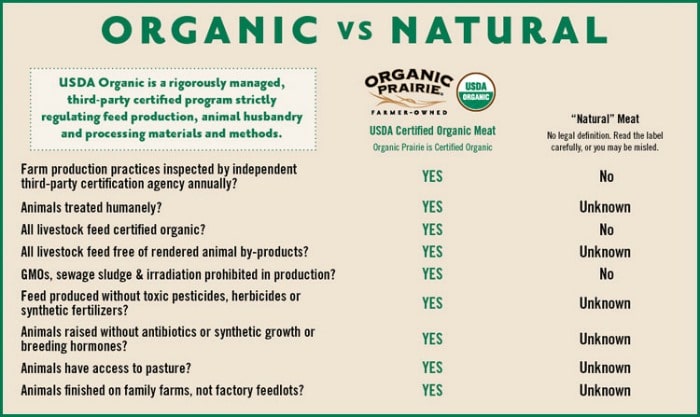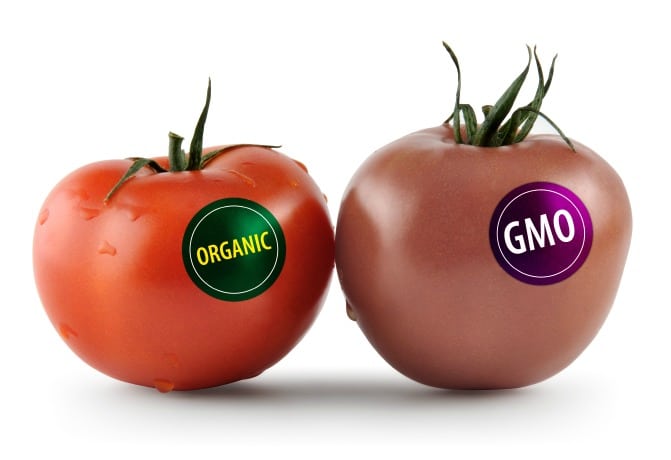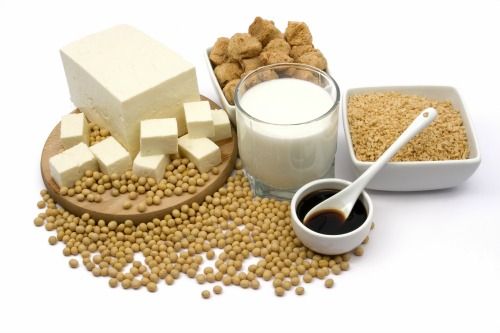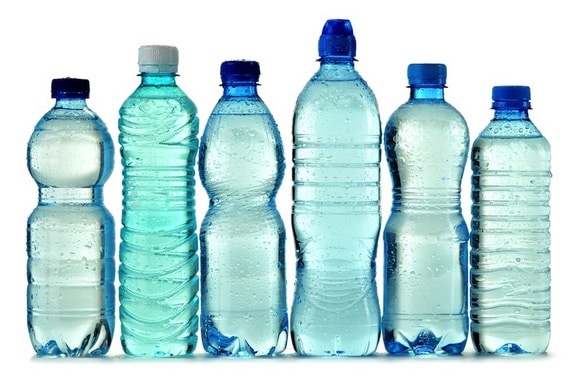In this article
Without estrogen, we wouldn’t exist – it’s a vital hormone required for pregnancy, growth, and development.
But here’s the problem with estrogen: our environment and food supply is teeming with it – and too much estrogen can lead to a host of symptoms and serious medical conditions.
In this post, I’m going to explain why you should consider avoiding foods rich in estrogen and which foods are worst.
But first, it’s important to know that estrogen is a naturally occurring hormone in both men and women.
That being said, it’s is best known as a female hormone because it’s primarily produced in the ovaries (men produce small amounts of estrogen through an enzymatic process), and gives females their feminine characteristics, which includes a menstrual cycle.
Despite its crucial role in the reproductive system, having too much estrogen in your system is not a good thing.
Side Effects of Too Much Estrogen
Today, it’s very common for people – including men – to have elevated estrogen levels.
Too much estrogen in the body is toxic, and can lead to a condition called estrogen dominance.
Since estrogen is a hormone that promotes growth, elevated levels have been linked to the growth of cancerous tumors. This is especially true with female cancers, such as breast cancer (1).
[Related: Is the Alkaline Diet Key to Cancer Prevention?]
Have you noticed the dramatic increase of breast and ovarian cancers? These cancers are caused by too much estrogen.
Excess estrogen can also cause weight – and fat – gain.
When estrogen levels are optimal, there’s no concern for weight gain at all. That’s because estrogen works with the rest of your metabolism-regulating hormones to turn you into a lean, fat-burning machine.
But when too much estrogen is circulating in your system, it can cause all of your hormones to become imbalanced.
Do You Have These Symptoms?
This is especially true for the hormone insulin, your blood-sugar-regulating hormone. Because insulin metabolizes sugars, when its levels are out balance – which can be caused by excess estrogen – it can stop processing sugar efficiently.
And when your body isn’t properly regulating blood sugar by removing the sugar out of your bloodstream (to be stored as glycogen in the muscles and liver), your body will start storing the sugar as fat instead, and can eventually lead to a condition called insulin resistance (2).
[Related: The Real Causes of Type 2 Diabetes (And How to Cure It)]
Estrogen dominance is also linked to other hormone imbalance symptoms:
- PMS
- Low libido
- Thyroid imbalances
- Bloating and digestive issues
- Ovarian cysts
- Infertility
- Fatigue
- Depression
Although it’s more common in women, estrogen dominance also affects men.
Believe it or not, men aren’t exempt from getting breast cancer. Too much estrogen in men has also been linked to the infamous “man boob” dilemma, as well as prostate enlargement, prostate cancer, and fat gain.
Why So Much Estrogen?
Now, you may be wondering how estrogen dominance happens in the first place.
It’s because of our food supply.
When we eat foods rich in estrogen (or xenoestrogens, which are fake estrogens found in certain foods that mimic estrogen in the body), our estrogen levels increase.
Since having too much estrogen is toxic, the liver will work hard to eliminate any extra.
But even your liver can get tired and overwhelmed, and with several other functions to perform, it can fail to eliminate all estrogen efficiently.
This is why one of my nutrition tips is avoiding foods rich in estrogen – it not only helps us avoid estrogen dominance, but also can help prevent overburdening the liver and keeping the rest of our hormones in balance.
In short, having the proper amount of estrogen in your system allows your entire body to function optimally.
Avoid These Foods Rich in Estrogen
Here’s a complete list of foods rich in estrogen that I recommend avoiding. You likely will notice there’s a basic bottom-line: organic, non-GMO, pesticide- and hormone-free foods are the way to go whenever possible.
1. Factory-Farmed Animal Products: Meat, Dairy, Eggs, Fish
The problem with animal products today is that farm animals are being pumped with hormones that either contain or have residues of estrogen.
This is where the saying “you are what you eat” rings true: if the beef you’re eating came from cattle that was injected with estrogen, you’ll directly absorb the estrogen too.
Aside from estrogenic hormones being injected into animals, animal products can also contain high levels of estrogen if their feed has been sprayed with pesticides, as pesticides are considered estrogenic (3).
Unfortunately today, few animals are fed organic feed because it’s more expensive.
Now, I’m not saying you have to avoid animal products completely in order to reduce your estrogen levels. What I am suggesting is to choose wisely when it comes to animal products.
Whenever possible, know where the animal products you’re eating have come from, and how they were raised (which ideally, will be without the use of hormones, antibiotics pesticides in their feed).
Farmed salmon is also a concern for high levels of hormones and antibiotics.
This is why choosing organic and grass-fed eggs, meat and dairy and wild caught salmon are much better choices to reduce estrogen levels if you do consume animal products.
2. Conventional (Non-Organic) Produce
Our produce is sprayed with the same pesticides that are sprayed on animal feed.
Most non-organic produce contains high levels of pesticides. The only exception would be purchasing from local farms that aren’t certified organic but that do grow their produce organically.
To avoid the dangers of produce sprayed with high levels of pesticides, which can lead to estrogen dominance, I recommend referring to the Clean Fifteen and Dirty Dozen lists.
Since it’s not always realistic to purchase everything organic, these lists serve as a valuable resource not only to help you save money on produce, but to also prevent excess estrogen from sneaking into your body.
3. Soy Products
Soy products contain isoflavones, which can be considered xenoestrogens since their molecular structure is similar to that of estrogen.
Not only can soy contribute to estrogen dominance, but there’s a major quality issue with the world’s soy supply.
According to the U.S. Department of Agriculture, more than 94 percent of the soy grown in the United States is genetically modified (GMO) (4).
GMO crops are highly sprayed with pesticides, which only adds to the amount of xenoestrogens soy can contain.
While soy is commonly recommended as a great source of protein for vegans and vegetarians, I recommend avoiding it completely to prevent exposure to excess estrogen and other unnecessary toxins that overwhelm your liver.
4. Other Foods to Consider
Meat, dairy, eggs, highly sprayed conventional produce and soy top the list of the most dangerous foods rich in estrogen to avoid.
However, if you have symptoms of estrogen dominance there are other foods that contain xenoestrogens that are helpful to leave out of your diet, such as legumes and dried fruit (5).
Estrogen in the Environment
Environmental and lifestyle factors can also allow excess estrogen to sneak into your system.
Since many estrogen-containing pharmaceutical drugs are flushed down the toilet, such as birth control pills, their estrogenic residue can end up in our tap water supply. That’s one reason drinking filtered water is so important.
If you use plastic water bottles, some plastic also contains a chemical called BPA that acts as a xenoestrogen. When exposed to heat, BPA leaches directly into your water and can then be absorbed into your bloodstream as you drink it (6).
As you can see, we’re constantly being bombarded with estrogen from our environment and food supply. Being aware of the danger of foods rich in estrogen is the first step to keeping excess estrogen out of your system, and protecting your hormonal health.
How to Take Action
To summarize, here are the best ways to reduce the effects of excess estrogen in your body:
- Refer to The Clean Fifteen and Dirty Dozen when choosing produce. Avoid purchasing non-organic produce on the Dirty Dozen list.
- Avoid plastics by using glass or stainless steel water bottles and containers.
- Drink filtered water instead of tap water.
- When it comes to animal products, choose organic and grass-fed dairy, meat and eggs, preferably from a farmer you know.
- Avoid farmed salmon and opt for wild caught salmon instead.
- If you’re a vegetarian, do not rely on soy products as a good source of protein. Instead, focus on high quality, organic protein from fruits, vegetables, hemp, nuts and seeds.
Happy, Balanced Hormones
The good news is that avoiding foods rich in estrogen also brings with it a whole list of other health benefits. Basically, by eating organically farmed foods, you’ll be getting a more nutrient-rich diet, and that will make your body happy.
Feel Better Fast
Feeling bloated, tired, and blah? You can turn that feeling around by tomorrow with my simple 1-Day Detox.
It’s not about deprivation, it’s about feeding your body what it wants: mouthwatering “cleansing” meals that will give you energy and vitality.
You can download the detox right now – for FREE! – by clicking the banner below.

